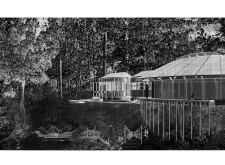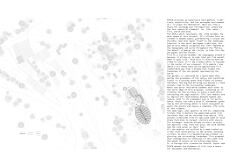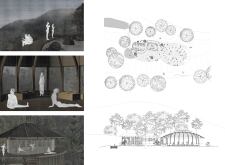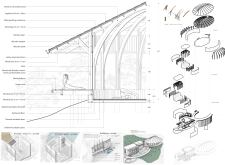5 key facts about this project
The project under analysis represents a contemporary architectural design that prioritizes functionality, sustainability, and integration with its environment. Situated in [Geographical Location], this structure serves [insert primary function, e.g., a residential community, commercial space, or public facility]. The design effectively addresses the needs of its users while fostering a connection between indoor and outdoor spaces.
The architectural concept revolves around [describe the primary concept, such as 'the harmony of natural elements' or 'transparency and openness']. This is achieved through a careful selection of materials that include concrete for structural stability, wood for warmth and texture, and glass for transparency and natural light. Each material reflects the project’s goal of creating a cohesive and inviting environment.
Unique Design Approaches
What distinguishes this project from similar architectural endeavors is its [specific feature, e.g., innovative roof design, unique facade treatment, or adaptive reuse of materials]. The building’s facade employs a combination of [describe any distinctive characteristics, such as patterned materials, shading devices, or indented surfaces], which not only enhances the visual appeal but also improves energy efficiency.
Inside, the layout encourages fluid movement and interaction among occupants. Spaces are organized to facilitate both communal activities and private moments, with areas designed for [specific activities based on the project's function]. Natural light is maximized through strategically placed openings, and the project incorporates green building practices such as [mention any sustainability features like low-energy systems or green roofs].
Architectural Integrations and Environmental Considerations
The design integrates seamlessly with its surroundings, addressing climate responsiveness through [describe features such as outdoor terraces, landscaping, or other environmental considerations]. This connection to the landscape enriches the user experience and encourages prolonged interaction with the outdoor environment.
Additionally, [discuss any technological integrations, like smart building systems, which enhance both efficiency and user comfort]. The result is a multifaceted project that not only serves its immediate purpose but also contributes positively to the broader context of architectural discourse in [Geographical Location].
For more comprehensive details on the architectural plans, sections, and designs, interested readers are encouraged to explore the project presentation further. The insights gained from investigating these architectural ideas will provide a deeper understanding of the project's significance and its role in advancing contemporary architecture.





















































